Metal Roofing and the New Industry Standard
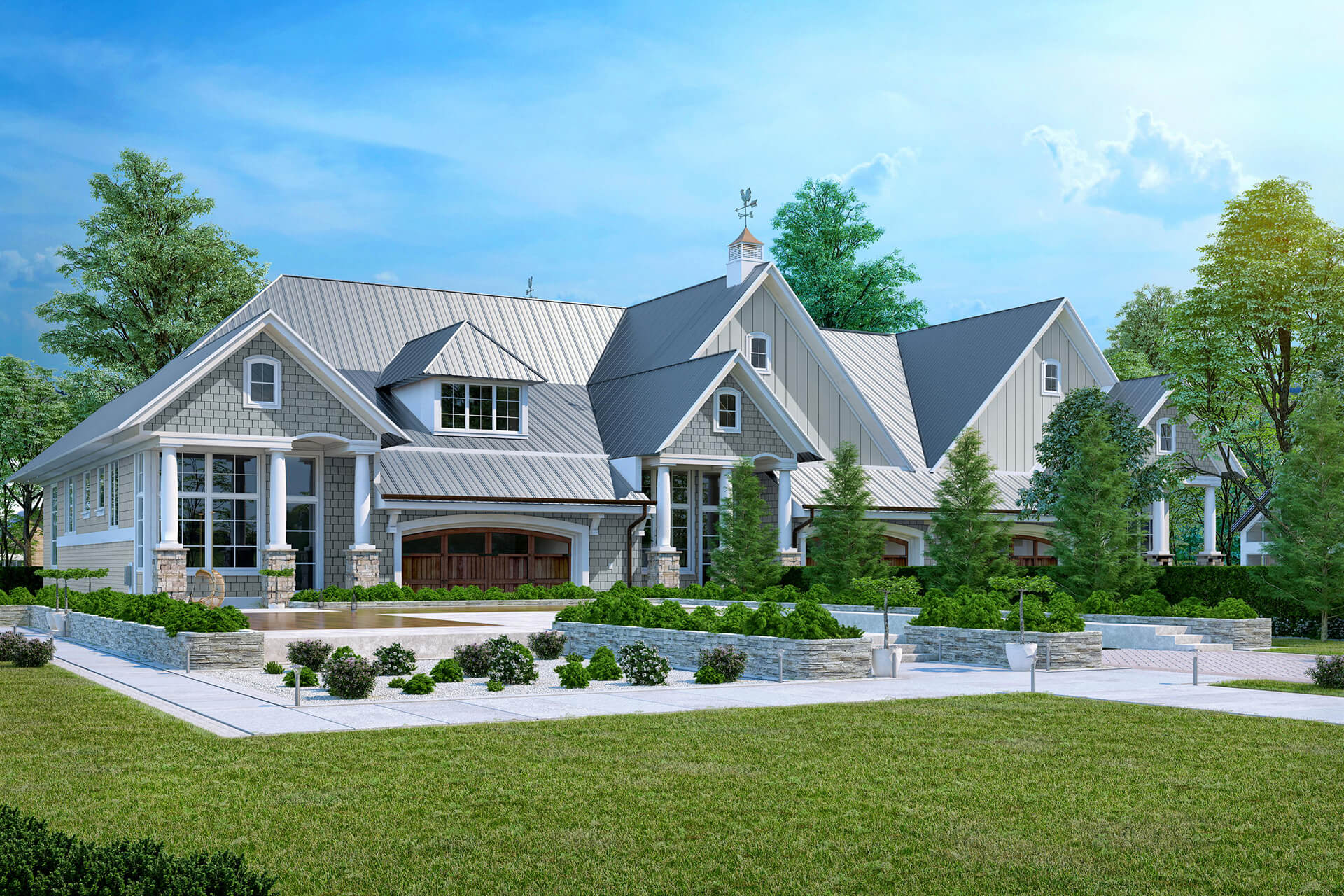
By StealthBond.
Over the course of history, roofing structures have made it possible to protect dwellings from external elements and prolong their lifespan.
Roofs are ubiquitous with houses. Since its conception, roofing materials and the construction have taken on many forms. People have tried to continuously find ways to advance the systems available to offer homeowners superior choices regarding the product.
The goal has always been about performance. Experimentation has led to the development of new and innovative technologies that improve application processes. Various composites have been conceived to offer improvements but still staying true to the tradition of roofing systems. Most of the advancement in the roofing industry took place in the 20th century. What these individuals achieved utterly shaped the way roofs are installed today and have inspired new innovative ideas.
A Brief History of the Roofing Industry
They say you can't look forward until you look back. Over centuries, roofs have taken on many forms. The Greeks and Romans were the first to experiment with different styles. When they began to conquer parts of Britain, they utilized slating and tiling to marry well with the rainy climate. Their dedication to innovation illustrates how crucial it is to consider the roof as a vital entity of any dwelling.
Today, numerous options are both unique and innovative. But, where did it all start? Most of the materials and systems available to us today began to take shape in the 1900's.
1896 - Before we can talk about materials, we need to take a look at how the modern-day roofing system evolved. Barrett Manufacturing Co. developed in 1896 the alternating application of layers to produce an impenetrable foundation that we know today. This invention changed the shape of buildings allowing for roofs to take on both a flat and pitched appearance.
1910- Who or how the asphalt shingle was developed is hard to decide. A roofing company in Grand Rapids, MI claimed to have invented the product, but it's hard to prove. What we do know is a process presented itself in the early 1900's that made it possible to roll and stretch the compound into a material that could be cut into shingles. Since conception, they quickly replaced wood shingles because of their endurance.
1925 - Clay tiling is one of the oldest forms of roofing materials and predates asphalt shingles. It's undergone many transformations over the years in both style and shape. By 1925, the product was rebranded as an "ancient" material and catalogs from that time illustrated how they were popular choices in residential architecture.
1930 - Slate roofing was used in northeastern U.S. and parts of Canada where it's readily available. Contractors encourage the use not just because it was available but it was impervious to the harsh weather conditions. It's a weighted material that does well with steep pitches. The trend of slate took off in the 30's and could be seen on many residential and commercial properties across the U.S.
1936 - A manufacturing company from Nevada changed the direction of roofing materials for the better. Homeowners wanted the look of clay tiles but not the weight or the cost. W.F. Norman Manufacturing Co. utilized the flexibility of metal's design to construct stamped sheet metal roof tiles. It was the bridge between functionality and design.
1939 - Republic Steel Co. took metal's performance characteristics and stepped it up a notch. They decided that small individual panels added unnecessary weight. So, they formed large corrugations that spanned a longer distance. It reduced the volume of metal needed to provide the superior protection they are known for delivering.
Metal Roofing Today
Since then metal roofing systems have expanded and grown. The application process isn't too far off from the original concept conceived in 1939. These extended panels are still implemented as a way to cut down on bulk, but over the years the fastening of the product to the roof has seen very little change.
Traditionally, screws are used to attach the material to the building. It was deemed the best option but presented a few problems. Metal can last upwards of 35-40 years. Homeowners viewed this as a great investment option. However, the screws used for exposed fastener panels could prove problematic. Too tight and they caused cracking and breaking, too loose, and water would seep inside. Trying to find a solution was Jim Horton from StealthBond®.
Aware of the issues caused by exposed screws, StealthBond® decided to find a solution with the invention of a patented system that removed the need of screws altogether. What makes this the future of metal roofing? Their unique system. The StealthBond® system is comprised of three components: the StealthConnector®, StealthBond® Adhesive, and StealthBond® Metal Roofing Panels. The premium system will transform the way a roof performs under extreme conditions. Once attached, it has thermal properties that withstand both remarkably high and low temperatures. The adhesive itself has undergone thorough testing and has prevailed demonstrating the new direction of metal roofing systems.
The StealthBond® System is Miami-Dade County Building Code Approved, Florida Building Code Approved and ICC-ES Approved.
StealthBond® Metal Roofing
If you are looking for a method that forgoes the need for the traditional application, StealthBond® will give you the performance and beauty that your customers want. Visit our website to learn more about the concealed adhesive system for metal roofing and discover more ways it can improve the look and feel of your customers’ homes.
Editor’s note: This article first published on the StealthBond® blog and can be viewed here.
Recommended For You
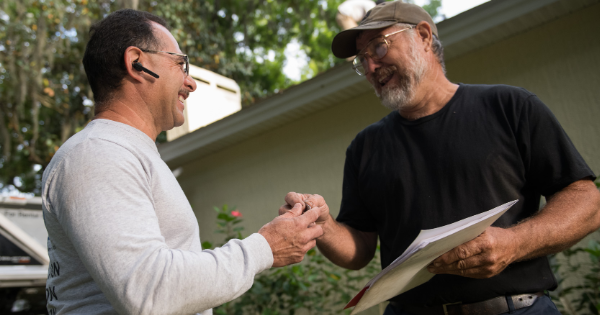
Show Subcontractors Appreciation With the RB4000
Read More ...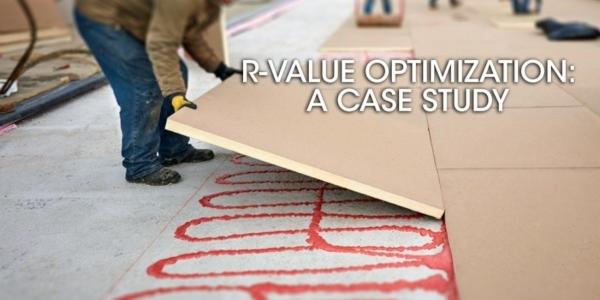
Adhered Systems are Cost Competitive Once Long Term Energy Efficiency is Factored In
Read More ...
Golden Gate Bridge suicide barrier wins Construction Dive’s 2018 “Project of the Year” Award
Read More ...



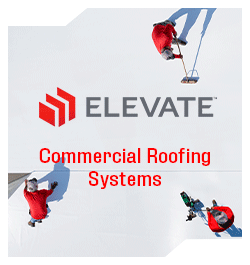



-2.png)
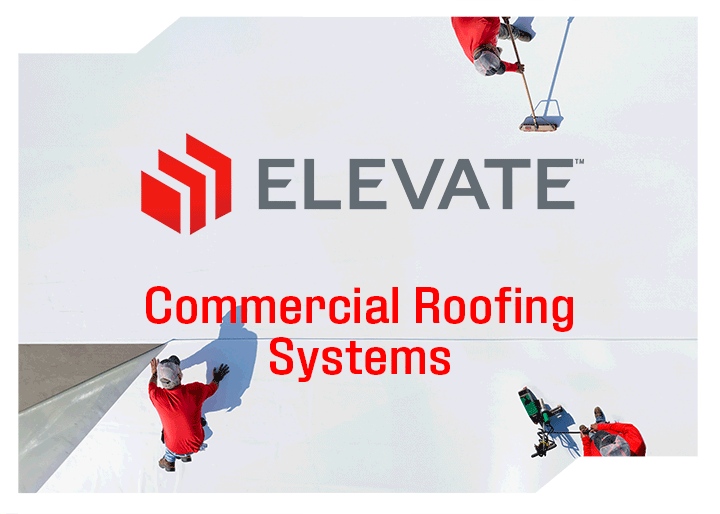
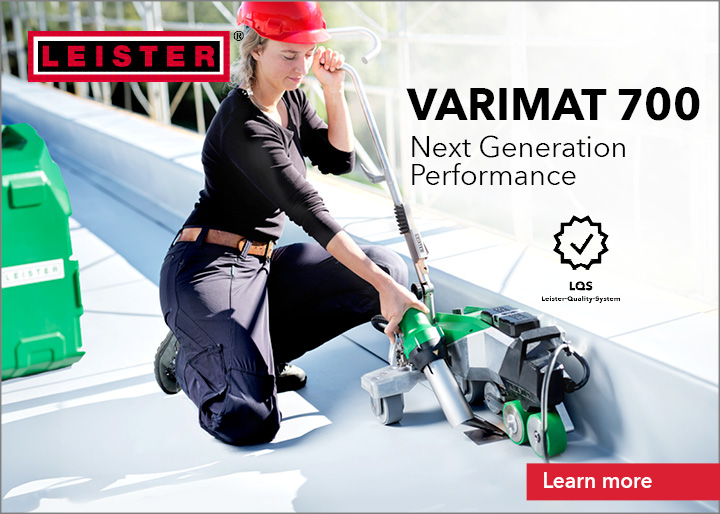









Comments
Leave a Reply
Have an account? Login to leave a comment!
Sign In